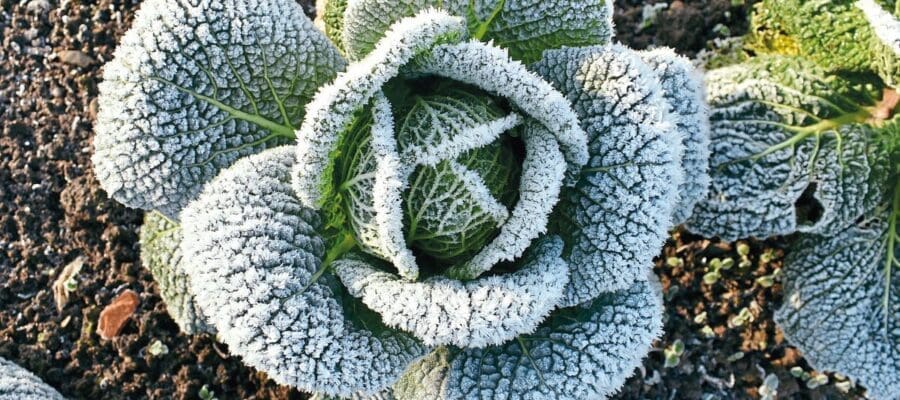Like us all, our veg need a little bit of TLC, no more so than in winter when food is scarce for predators and the weather can be inclement. So here are a few suggestions.
1. Cover tender crops with fleece
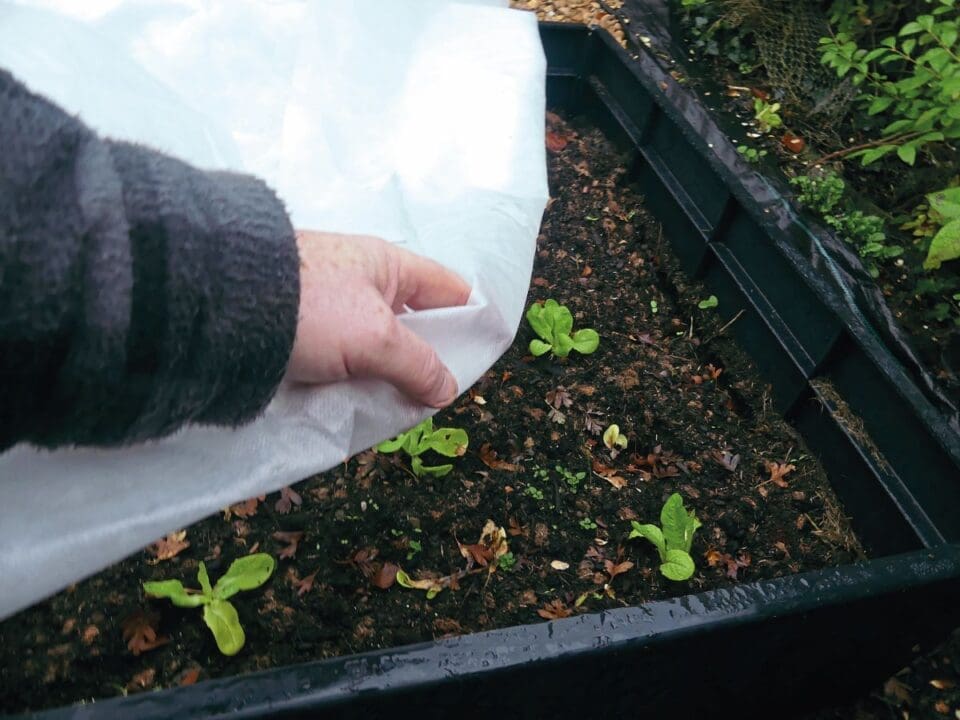
Some crops need an overcoat of sorts to provide warmth. This is where a layer of horticultural fleece will help, reducing the cold and protecting against frost. Go for quality and thickness (30gsm) when purchasing horticultural fleece as some material can be flimsy and tear easily. You can lay the fleece over plants such as winter lettuce and other salad leaf crops or create a hooped cloche.
2. Make use of heaters
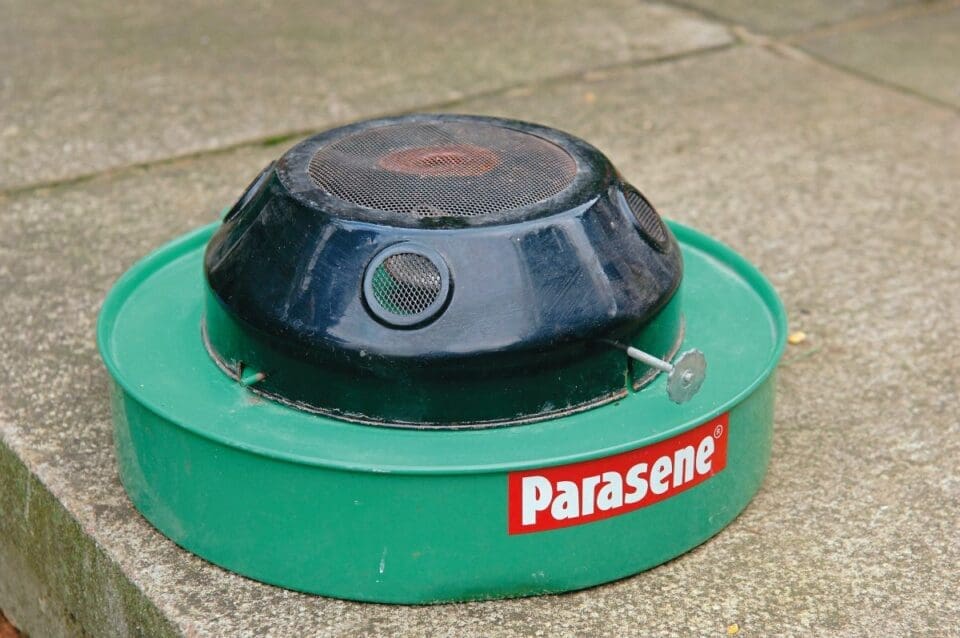
There is a range of greenhouse heaters available to prevent the temperatures dipping too low for the plants in your greenhouse. Paraffin heaters have been around for years and are very effective. If you have electricity set up in your greenhouse, you can use an electric heater instead with both tubular and fan models available.
3. Protect with cloches
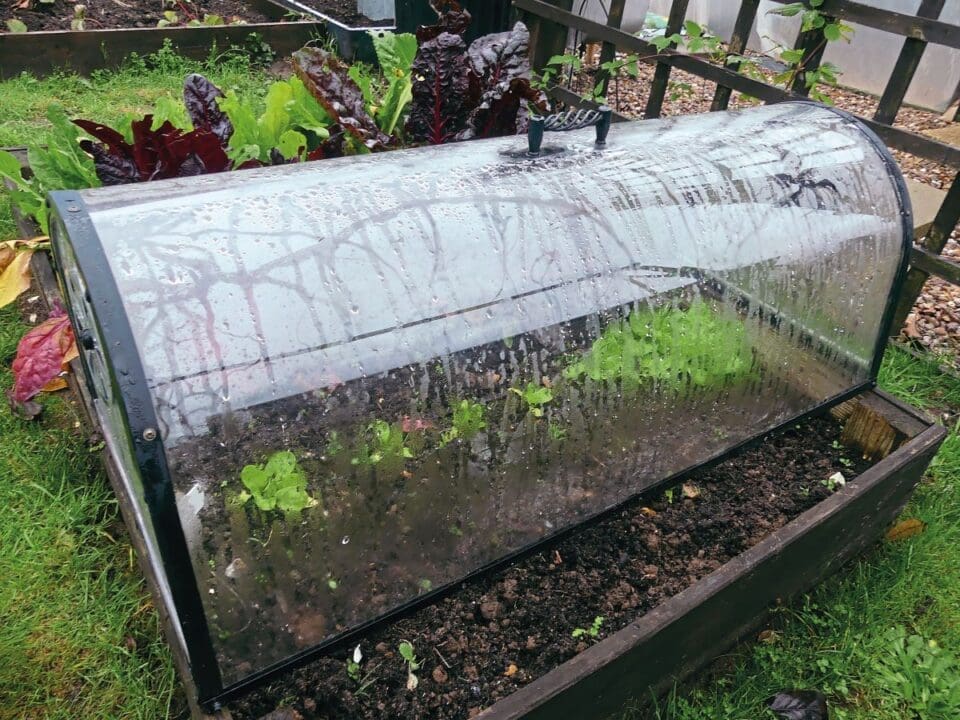
Cloches provide a plastic cover (some are made of glass) which will protect plants from frost, wind, hail, heavy rain, snow and predators. Different models are available, from bell types to tunnels to pop-ups. Use to cover winter lettuce, Swiss chard, herbs and spinach.
4. Net brassicas
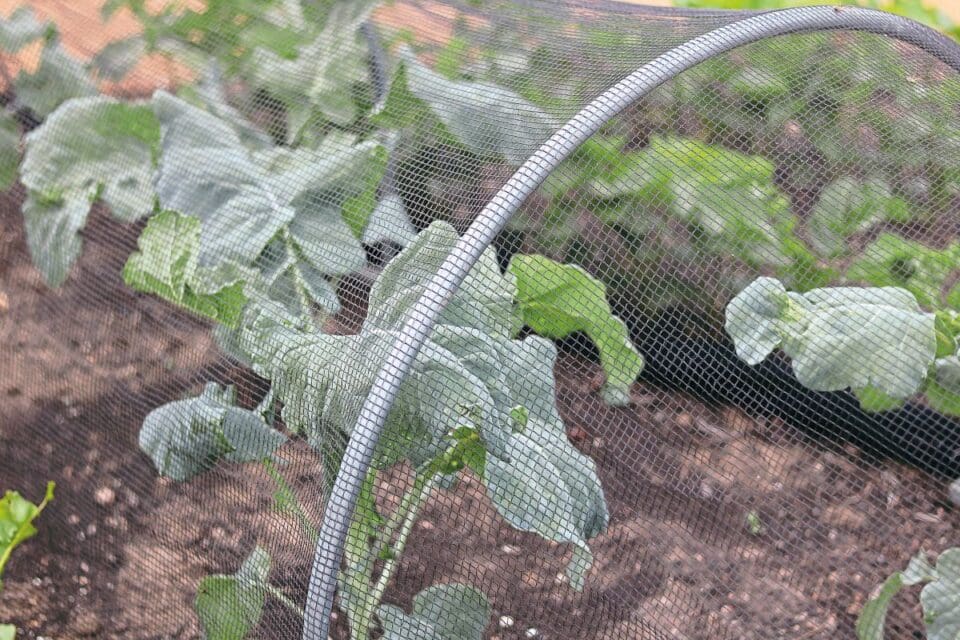
Brassicas such as kale, Brussels sprouts and cabbage need a lot of protection over the winter as pigeons in particular will feast on them if allowed. Make sure that the netting is a fair distance from the top of the plants and also at the sides as pigeons can easily push the netting in and peck at the brassica leaves in their reach. Also make sure that the bottom of the netting is firmly secured, ideally with pegs, to prevent birds getting in and potentially getting trapped.
5. Insulate your greenhouse

Make your greenhouse warmer by insulating it with bubble wrap. You can buy rolls of it online or use whatever you have saved from parcel deliveries, though the former bought from garden equipment suppliers will be thicker and better at preventing temperatures dropping. You can buy plastic Alliplugs and Allispacers for attaching the bubble wrap to the greenhouse frames.
6. Bring potted herbs under cover
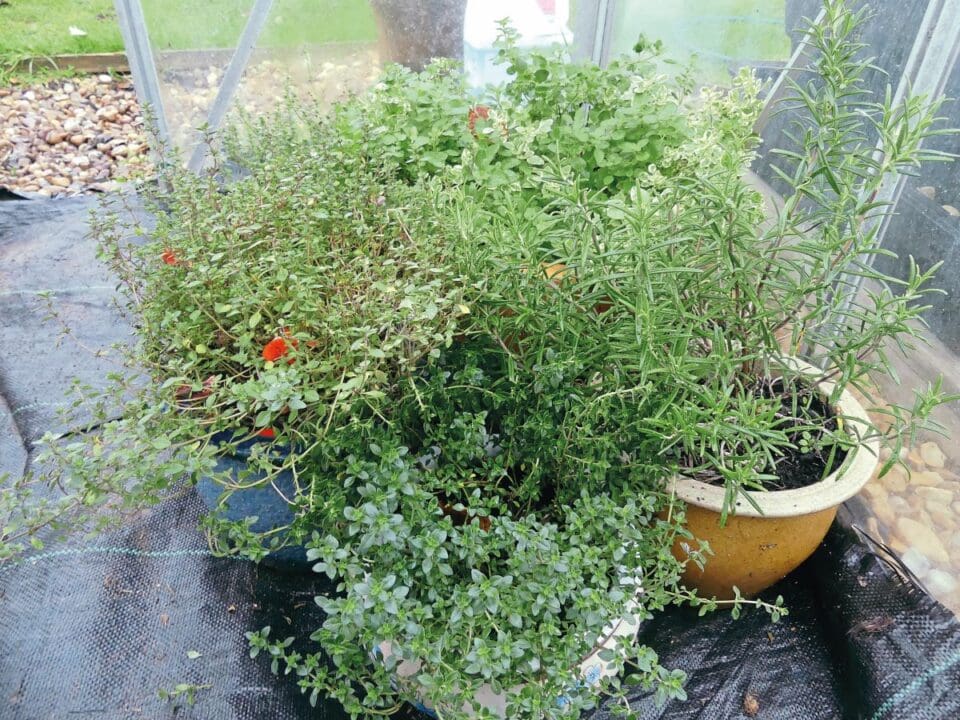
Potted perennial herbs such as thyme, rosemary, mint and oregano will fare better if they are brought in from the cold into a cold frame or greenhouse. In very cold winters they may well not survive and the warmth will encourage early shoots for cutting.
7. Earth up Brussels Sprouts
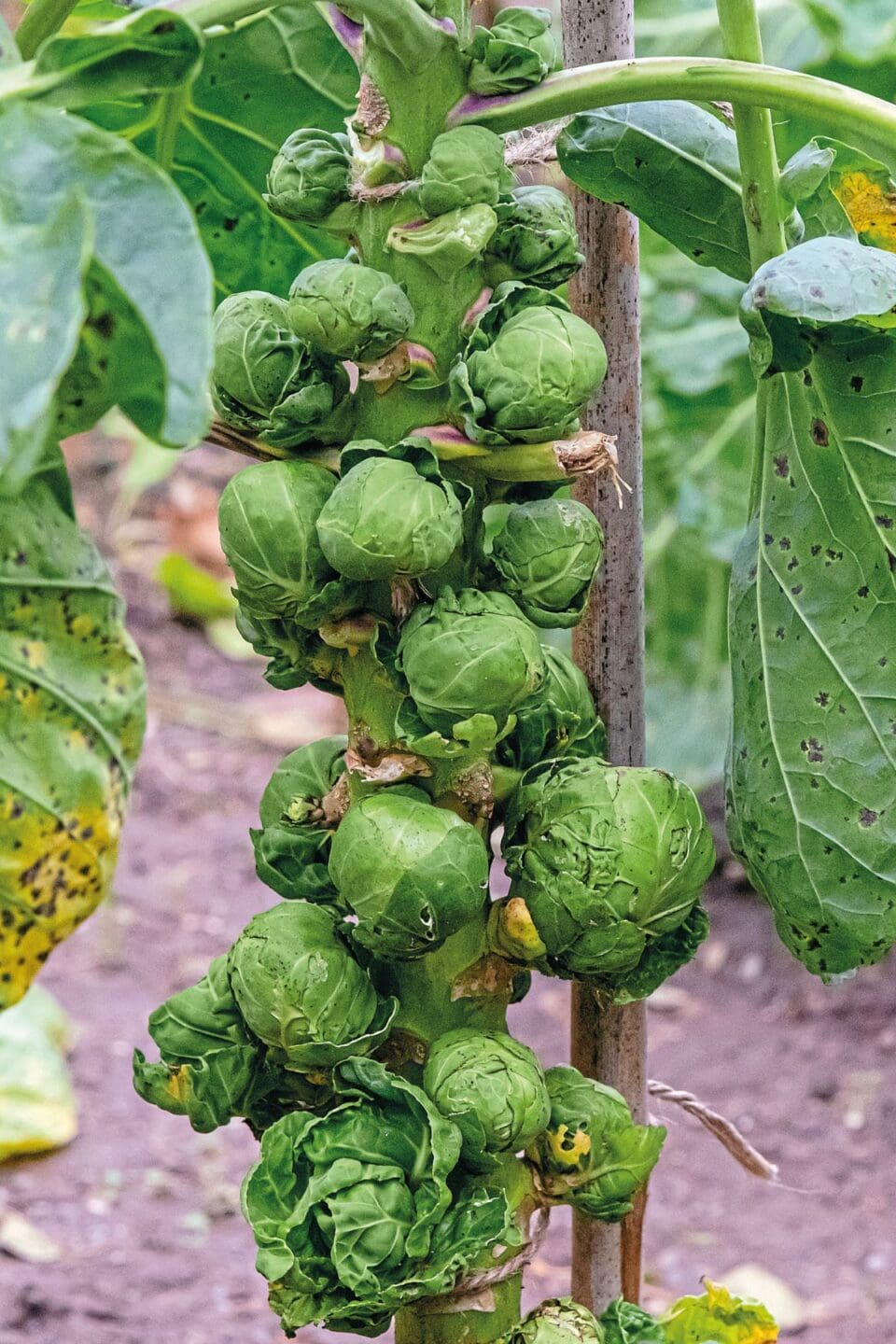
Make sure that your Brussels sprouts have not succumbed to wind rock and are therefore not as securely embedded in the soil as they should be. Earth up around them and then firm down the soil with your foot. If you are on an exposed plot you may need to stake them in with a stick or bamboo cane.
8. Replant uprooted garlic
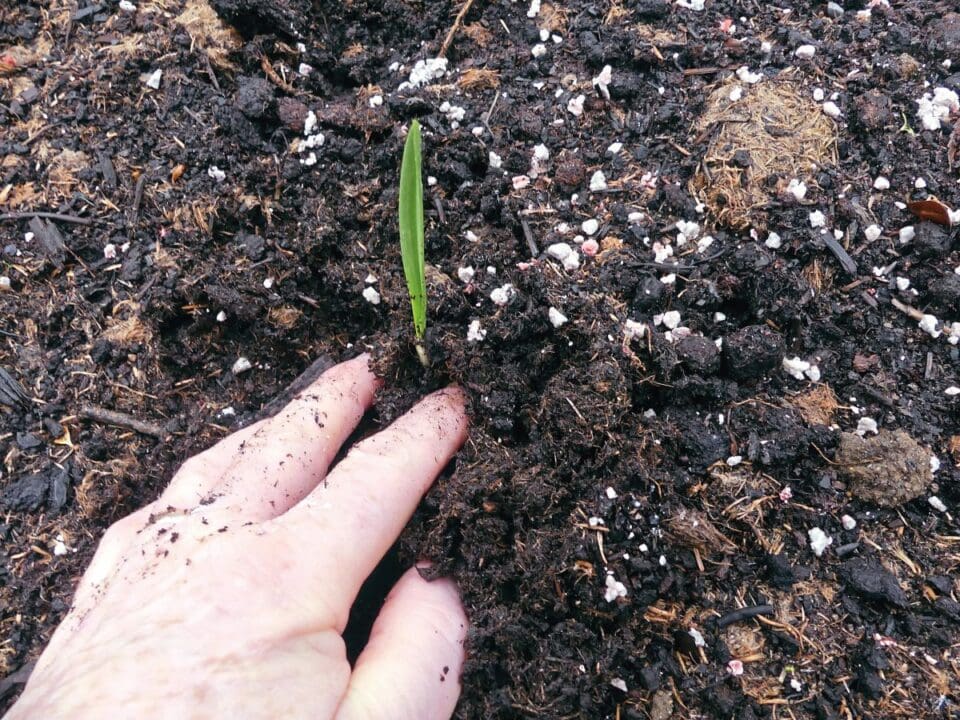
You may find that birds will have uprooted sprouting garlic cloves and onion bulbs. Simply plant them back in and the roots will soon take again. Covering beds with fleece in the early stages of growth will provide protection to prevent this.
9. Raise pots off the ground
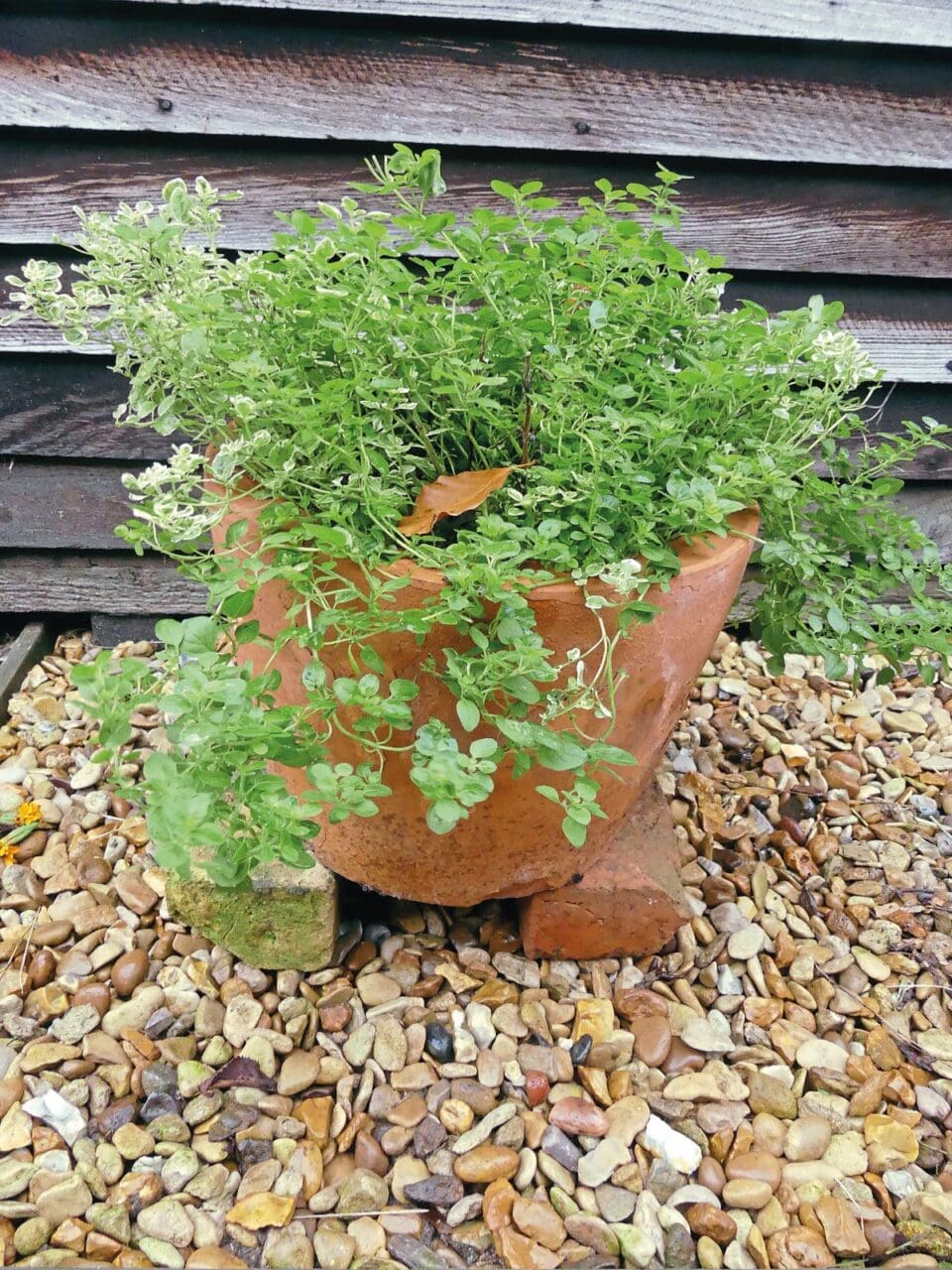
To create good drainage, raise pots off the ground using bricks or wooden feet. This will prevent the roots from freezing if the bases of the pots become particularly damp and retain water. Perennial herbs will benefit from this as well as potted strawberry plants.
10. Mulch rhubarb
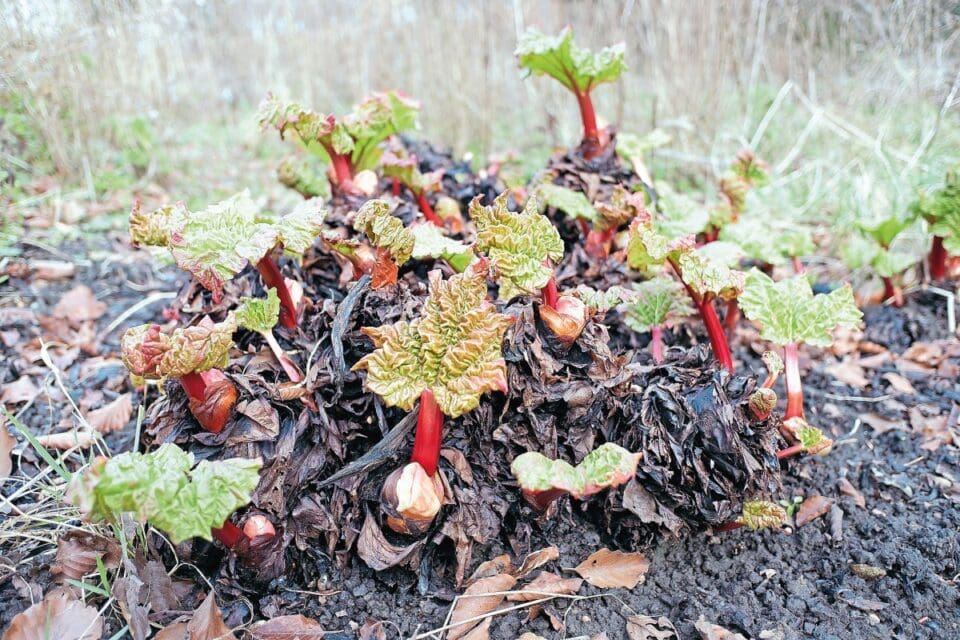
Lay down a thick layer of well-rotted compost or horse manure around rhubarb plants in late winter. This will rot down further, retaining moisture, adding nutrients and suppressing weeds to ensure the plants get a good start in spring.
Planning to grow something new in 2024? Set yourself up for success with our grow guides.

